Home>Interior Design>Closet Office Ideas: 10 Clever Ways To Create Home Working Space
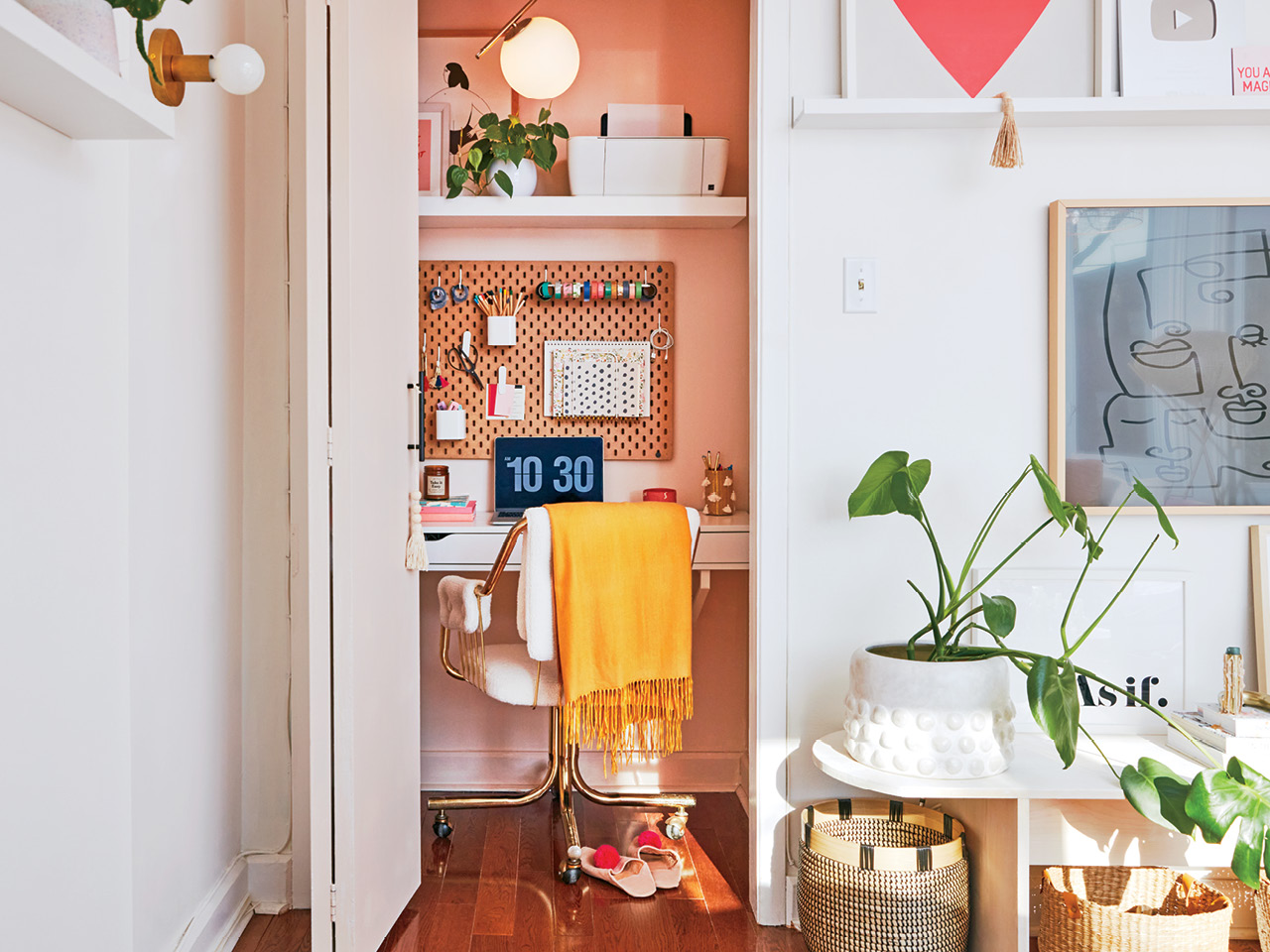

Interior Design
Closet Office Ideas: 10 Clever Ways To Create Home Working Space
Modified: October 20, 2024
Discover 10 clever closet office ideas for creating a stylish and functional home working space. Enhance your interior design while maximizing productivity with these innovative solutions.
(Many of the links in this article redirect to a specific reviewed product. Your purchase of these products through affiliate links helps to generate commission for Storables.com, at no extra cost. Learn more)
Introduction
Working from home has become the new norm for many people, requiring a dedicated space to set up a home office. However, not everyone has the luxury of a spare room or a designated office area. This is where creative solutions come in handy, and one of the most ingenious ideas is to transform a closet into a functional workspace.
Converting a closet into an office allows you to make the most of the available space while maintaining a clutter-free and organized environment. It’s a clever way to carve out a private and productive workspace, no matter the size of your home. In this article, we will explore ten clever ways to create a home office in even the tightest of spaces.
From utilizing empty corners to repurposing furniture, there are plenty of options to consider when transforming a closet or a small area into a functional work area. Each idea offers a unique approach to optimize space and create an inspiring and efficient workspace tailored to suit your needs.
Whether you’re a freelancer, a remote worker, or a student, these inventive closet office ideas will help you optimize your space and maximize productivity. Get ready to revamp your home with these creative and practical solutions that will make working from home a breeze.
Before diving into the specific ideas, remember the importance of ergonomics in setting up your home office. Consider factors such as proper lighting, a comfortable chair, and a suitable desk height. It’s essential to create a workspace that promotes good posture and minimizes strain on your body, allowing you to work efficiently and avoid unnecessary aches and pains.
Now, let’s explore ten clever ways to transform a closet or small space into a functional and inviting home office, offering versatility and style without compromising on productivity. Whether you have a closet that’s packed with clothes or an awkward corner that’s underutilized, we’ve got you covered with these innovative ideas. Let’s get started!
Key Takeaways:
- Transforming underutilized spaces like closets, corners, and under-stair areas into functional home offices maximizes space and promotes productivity, creativity, and a visually appealing work environment.
- Incorporating versatile furniture solutions such as foldable desks, dressers, and floating desks allows for efficient use of space without compromising on style or functionality, creating a personalized and inspiring home office.
Convert a Closet into an Office
If you have a closet that’s not being fully utilized, why not transform it into a cozy and functional office space? This clever idea allows you to create a dedicated workstation in a small and discreet area, keeping your work separate from the rest of your living space.
First, clear out the closet and remove any hanging rods or shelves that are not needed. Next, give the walls a fresh coat of paint or apply wallpaper to add a touch of personality and make the space feel inviting.
To maximize functionality, consider installing a desk that fits neatly into the closet space. Look for a compact desk or consider customizing a floating desk that can be easily folded up when not in use. This will allow you to close the doors of the closet and hide away your work area when you’re done for the day.
In terms of storage, think vertically. Install shelves or add floating shelves above the desk to keep essentials within easy reach. Use storage bins or baskets to keep papers, stationery, and other office supplies organized and out of sight. You can also install a corkboard or a whiteboard on the back of the closet doors for note-taking or pinning up important documents.
To brighten up the space and create a welcoming atmosphere, add adequate lighting. Consider installing a small desk lamp or mounting LED lights above the desk for sufficient illumination. If the closet has a door, you can replace it with a glass or frosted glass door to allow natural light to filter in.
Don’t forget about comfort. Invest in a comfortable chair that provides proper support for your back. Consider adding a cushion or a throw blanket to make the space feel cozy and inviting. Personalize the area with plants, artwork, or motivational quotes to create a visually pleasing and inspiring workspace.
Converting a closet into an office is an excellent solution for those tight on space or looking for a discreet and organized workspace. With proper planning and creativity, you can transform an underutilized area into a fully functional office that meets all your work needs. Get ready to enjoy the benefits of having a dedicated and private workspace while maximizing the available space in your home.
Utilize an Empty Corner
If you don’t have a closet to convert into an office space, don’t fret. You can still create a functional workstation by utilizing an empty corner of your home. Whether it’s a corner in your living room, bedroom, or even a hallway, you can transform it into a comfortable and productive office area.
Start by assessing the available space and selecting a desk that fits the dimensions of the corner. Look for compact desks or corner desks that maximize the use of space without overwhelming the area. Consider a desk with built-in storage or shelves to keep your essentials organized and within reach.
Once you have the desk, enhance the functionality of the corner by adding additional storage. Install floating shelves above the desk for books, binders, or decorative items. Consider using vertical file organizers or wall-mounted storage pockets to keep documents and stationery organized and off the desktop.
To make the most of the corner, consider utilizing vertical space. Install wall-mounted corkboards or whiteboards for jotting down notes, reminders, or important deadlines. Hang a pegboard with hooks to hang headphones, charging cables, or other small accessories. Utilize a corner bookshelf or floating shelves for additional storage options.
Lighting is crucial in any workspace, and using an empty corner is no exception. Ensure that the corner has adequate lighting with a combination of natural light and artificial light sources. Place the desk near a window to take advantage of natural light. If that’s not possible, invest in a desk lamp or install overhead lighting to illuminate the area effectively.
To make the corner office feel inviting and personalized, add some decor elements. Hang artwork or motivational quotes on the walls to inspire creativity and positivity. Add a potted plant or two to bring in a touch of nature and enhance the ambiance of the space.
Finally, don’t forget about ergonomics. Choose a comfortable chair that provides proper support for your posture. Adjust the height of the desk and chair to ensure that your arms are at a comfortable angle while typing, and your feet are flat on the ground.
By utilizing an empty corner, you can create a dedicated workspace that seamlessly integrates with the rest of your living space. This approach allows you to have a designated area for work while maintaining the overall aesthetic of your home. Working from a corner office provides a sense of privacy and focus, allowing you to stay productive and organized throughout the day.
Create a Floating Desk
A floating desk is a fantastic space-saving option that can be incorporated into any area of your home. It offers a sleek and minimalist look while providing a functional workspace for your daily tasks. By mounting a desk directly onto the wall, you can maximize floor space and create a clean and uncluttered environment.
To create a floating desk, start by selecting a sturdy and space-efficient desk option. Look for a desk with a slim profile and consider options that fold up when not in use. This allows you to free up valuable floor space and gives you the flexibility to use the area for other purposes when needed.
Once you have your desk, choose a suitable location on the wall. It could be in a hallway, a small nook, or even in your bedroom. Ensure there are no obstacles or obstructions that may interfere with your workspace and that the height of the desk aligns with your comfort level.
Next, mount the desk onto the wall using appropriate brackets or a wall-mounted desk kit. Make sure to follow the manufacturer’s instructions for installation to ensure stability and safety. Double-check that the desk is securely attached to the wall before placing any items on it.
To optimize the functionality of your floating desk, consider adding storage options. Install shelves above or beside the desk to keep essential items within easy reach. You can also incorporate a small drawer unit underneath the desk or attach a file organizer to the side for efficient storage of documents and office supplies.
Lighting is essential when it comes to your workspace. Ensure that the area where your floating desk is located has adequate lighting. If the desk is not near a window, consider installing task lighting such as a desk lamp or wall-mounted sconces to provide ample illumination for your work.
To personalize your floating desk, add some decorative elements. Hang a bulletin board or a magnetic organizer on the wall to keep track of important notes, memos, and deadlines. Consider adding a small potted plant or a decorative item to bring a touch of warmth and personality to your workspace.
One of the advantages of a floating desk is its versatility. It can be used as a dedicated workspace, a homework station, or even a vanity area. By incorporating a floating desk into your home, you can create a functional and stylish workspace while optimizing the available space in your living area.
Remember to maintain an organized and clutter-free desk by regularly decluttering and organizing your workspace. This will help create a productive and focused environment, allowing you to work efficiently and effectively.
Whether you have a small apartment, a cozy nook, or an unused wall, a floating desk offers a practical and space-efficient solution for creating a functional workspace. Embrace the beauty of simplicity and maximize your productivity with a sleek and minimalist floating desk that fits seamlessly into your home.
Use a Foldable Desk
When space is limited, a foldable desk can be a game-changer. This versatile piece of furniture allows you to create an instant workspace whenever needed and easily stow it away when you’re done, making it a perfect solution for small living spaces or multifunctional rooms.
Start by choosing a foldable desk that suits your needs and complements your existing decor. Look for options that are compact, lightweight, and easy to fold and unfold. Consider desks with built-in storage or shelves to maximize functionality.
Once you have your foldable desk, determine the ideal location for it. Look for an area that provides sufficient space when the desk is fully extended and consider how it will fit into the overall layout of the room. Common locations include against a wall, in a corner, or even in the center of a room if it can be easily moved around.
When it’s time to set up your workspace, unfold the desk and ensure that it is stable and secure. Double-check that all locking mechanisms are engaged, especially if the desk has adjustable height or angle settings. This will prevent any accidents or injuries while you’re working.
To maximize the functionality of your foldable desk, consider additional storage options. Utilize wall-mounted shelves or attach organizers to the sides of the desk to keep supplies, documents, and other essentials within easy reach. Foldable desks with built-in storage compartments or drawers are particularly helpful in keeping your workspace organized.
Lighting is crucial for any workspace. Ensure that the area where your foldable desk is located has sufficient lighting. If the desk is near a window, take advantage of natural light. If not, consider adding a desk lamp or task lighting to provide optimal illumination for your work.
To make the most of your foldable desk, consider investing in a comfortable and ergonomic chair that can be easily stored when not in use. Proper seating is essential for maintaining good posture and productivity throughout the day.
When you’re finished working, simply fold up the desk and store it away. Make sure to clear the surface of any items and keep the surrounding area tidy. This will help maintain a clutter-free and organized living space when the desk is not in use.
Foldable desks offer a practical and space-saving solution for creating a dedicated workspace in small living areas. Whether you’re a student, a freelancer, or someone who occasionally works from home, a foldable desk provides the flexibility and convenience you need to set up and pack away your office in seconds.
Remember to regularly declutter and organize your workspace, even with a foldable desk. Keeping your work area clean and organized will help promote productivity and a sense of focus.
Embrace the versatility of a foldable desk and transform any space into a functional and efficient workstation. With its ability to be easily folded and stored, this type of desk is a perfect choice for those looking to optimize space without compromising on productivity and style.
Read more: Create A Stylish And Productive Home Office
Repurpose a Dresser or Console Table
When it comes to creating a home office in a small space, thinking outside the box can lead to extraordinary results. Consider repurposing a dresser or a console table into a functional and stylish workstation. This creative approach allows you to make the most of existing furniture while adding a unique touch to your workspace.
Begin by selecting a dresser or a console table that fits the dimensions of your chosen area. Look for pieces that have a sturdy structure and enough surface area to accommodate your work needs. Consider the height of the furniture and ensure it aligns with your comfort level when seated.
Clear out the drawers or shelves of the dresser or console table to make space for your office essentials. Sort through the items and find alternative storage solutions for any non-work-related belongings. This will help create a clutter-free and organized work environment.
Next, decide on the layout of your workspace. Determine whether you prefer to sit facing the wall or if you’d like a more open and interactive setup. This will guide you in positioning the dresser or console table in your desired orientation.
To create a functional workspace, utilize the surface of the dresser or console table for your computer, monitor, keyboard, and mouse. Ensure that there is enough space for writing or taking notes as well. Make use of desk organizers or trays to keep pens, paper clips, and other small supplies within reach.
If the dresser or console table has drawers, use them for storage. Categorize your items to keep your workspace organized and easily accessible. For example, designate one drawer for office supplies, one for paperwork, and one for personal belongings.
To enhance the aesthetic appeal of your repurposed furniture, consider adding decorative elements. Place a desk lamp or a small potted plant on top of the dresser or console table to add a touch of style and personality. Hang a bulletin board or a whiteboard on the wall above to keep track of important notes and reminders.
Don’t forget to ensure proper lighting for your workspace. Position the desk near a window to take advantage of natural light, or add a desk lamp for focused illumination. Adequate lighting is crucial for productivity and reducing eye strain.
Repurposing a dresser or console table not only gives you a functional workspace but also adds character to your home office. By creatively utilizing existing furniture, you can create a unique and personalized environment that reflects your style and taste.
Remember to maintain a clutter-free and well-organized workspace by regularly decluttering and rearranging your items. This will help create a productive and focused environment, allowing you to work efficiently and effectively.
Embrace the opportunity to repurpose furniture and transform your living space into a functional and inviting home office. With a little creativity and resourcefulness, a dresser or console table can become the centerpiece of your workspace, blending functionality and style seamlessly.
Consider using a fold-down desk or a wall-mounted desk to maximize space in a closet office. This allows you to easily tuck away your workspace when not in use.
Build a Desk Nook
If you have a small alcove, a niche, or an awkward space in your home, transforming it into a desk nook is a brilliant way to create a dedicated workspace. A desk nook utilizes unused areas and turns them into functional and efficient workstations that seamlessly blend into your living space.
Start by identifying the ideal location for your desk nook. Look for a nook or alcove that provides enough space to accommodate a desk and chair comfortably. Measure the dimensions of the area to ensure that the desk and chair will fit without overcrowding the space.
Next, select a desk that fits the dimensions of your chosen nook. Opt for a desk that is compact and designed to fit into tight spaces. Look for desks with built-in storage or shelves to maximize functionality and keep your workspace organized.
To maximize the functionality and aesthetics of your desk nook, consider customizing the space. Install floating shelves or wall-mounted organizers above the desk to store books, office supplies, and decorative items. Add a corkboard or a pegboard to keep important notes and documents within reach.
Customize the walls of the nook with fresh paint, wallpaper, or a decorative mural to create a visually appealing and inspiring workspace. Choose colors and patterns that reflect your personal style and add a sense of tranquility and focus to your nook.
Ensure proper lighting for your desk nook. Utilize natural light by placing the desk near a window, if possible. If natural light is limited, consider installing overhead lighting or using a desk lamp to provide adequate illumination for your work.
To make the most of the available space and add a cozy feel to your desk nook, select a chair that fits snugly into the area. Look for a chair that is comfortable and ergonomic, providing proper support for long periods of work. Consider adding a cushion or a throw pillow to enhance comfort and style.
Personalize your desk nook with decorative elements and personal touches. Display framed photos, art pieces, or inspirational quotes on the walls. Add a small potted plant or a vase with fresh flowers to bring a touch of nature and freshness to your workspace.
Maintaining a clutter-free and organized desk nook is essential for productivity. Implement storage solutions like drawer organizers, desk caddies, or filing systems to keep your desk clean and tidy. Regularly declutter and rearrange your items to create a focused and efficient work environment.
Building a desk nook allows you to transform underutilized space into a functional and stylish workspace. By customizing the area, adding personal touches, and optimizing organization, you can create a desk nook that promotes productivity and creativity.
Embrace the opportunity to make the most of the unique nooks and corners in your home and create a dedicated workspace that seamlessly blends into your living space. With a little creativity and ingenuity, your desk nook will become a cozy and inviting area where you can work comfortably and efficiently.
Make Use of Wall Space
When space is limited, it’s essential to utilize every available inch, including the walls. Making use of wall space is a smart and efficient way to create a functional and visually appealing home office. By incorporating wall-mounted desks, shelves, and organizers, you can maximize your workspace without sacrificing floor space.
Start by assessing your wall space and determining the best area for your home office setup. Look for a wall that is easily accessible and provides a suitable backdrop for your desk. Consider factors such as natural light, available outlets, and proximity to other functional areas of your home.
Once you have identified the location, choose a wall-mounted desk that fits your needs and style. Look for desks that have a foldable design or compact dimensions to save space when not in use. Ensure that the desk is securely mounted to the wall, following the manufacturer’s guidelines for safe installation.
To further optimize the wall space, install shelves above or beside the desk. These shelves can hold office supplies, books, or decorative items, keeping your work essentials within easy reach. Consider using floating shelves or wall-mounted cubbies for a modern and streamlined look.
Additionally, take advantage of wall-mounted organizers to keep your workspace tidy and efficient. Install a pegboard or a magnetic board to hang tools, accessories, and other items. Use wall-mounted file holders or magazine racks to keep important documents organized and easily accessible. These small additions will help declutter your desk and promote a focused working environment.
Proper lighting is crucial for your workspace, even when it’s mounted on the wall. Consider the lighting conditions in the room and install appropriate fixtures to ensure optimal illumination. Task lighting, such as a wall-mounted lamp or adjustable spotlights, can provide focused lighting on your desk area. If possible, position your desk near a window to take advantage of natural light.
To add a personal touch to your wall-mounted workspace, decorate the wall with artwork, inspiration boards, or motivational quotes. Use removable adhesive hooks or picture hanging strips to hang frames or other decorative elements. This will create a visually enticing and inspiring environment in your home office.
Finally, maintain a clutter-free and organized wall-mounted workspace by regularly decluttering and rearranging your items. Take a few minutes at the end of each workday to clear your desk and put away any loose items. This will keep your office looking tidy and help you start each day with a clean slate.
By making use of wall space, you can maximize your home office’s functionality without sacrificing valuable floor space. A well-designed wall-mounted workspace can be an efficient and stylish solution for those working with limited square footage. Embrace the vertical space in your home and create a workspace that inspires productivity and creativity.
Incorporate a Murphy Desk
When it comes to creating a home office in a small space, versatility and functionality are key. A Murphy desk, also known as a wall bed desk, is an excellent solution that allows you to have a fully-functional workspace that can be easily concealed when not in use. This innovative design maximizes space and provides the flexibility to transform any room into a multi-purpose area.
A Murphy desk is mounted on the wall and can be folded up and stored vertically, similar to a traditional Murphy bed. This design allows you to free up floor space and utilize the area for other activities when you’re not working. It’s an ideal option for those who need a dedicated office space but don’t want to sacrifice the functionality of the room.
To incorporate a Murphy desk into your home, start by selecting a model that best fits your needs and style. Consider the available dimensions of the wall where you plan to mount the desk and choose a model that provides ample workspace and storage options.
Installation is crucial to ensure the stability and safety of your Murphy desk. Follow the manufacturer’s instructions carefully and use the appropriate mounting hardware. If you’re unsure about the installation process, it’s best to seek professional assistance to ensure a secure setup.
Once installed, personalize your Murphy desk to make it a functional and aesthetically pleasing workspace. Consider adding a built-in organizer or bulletin board to keep your essentials organized and within reach. Install shelves above the desk to store books, decorative items, or office supplies.
Proper lighting is essential in any workspace. Ensure that the area where your Murphy desk is located has sufficient lighting. You can install adjustable wall-mounted lamps or use a desk lamp that can be easily folded and stored along with the desk. Utilize natural light by positioning the desk near a window, if possible.
To make the most of your Murphy desk, consider investing in a comfortable and ergonomic chair. Choose a chair that can easily be stored when the desk is folded up. This will ensure that you have a comfortable seating option while working and won’t compromise on space when the desk is not in use.
Maintain a clutter-free workspace by organizing your items and clearing your desk at the end of each workday. Take advantage of the storage options offered by the Murphy desk, such as drawers or shelves, to store your supplies and keep your workspace tidy.
Incorporating a Murphy desk into your home allows you to have a dedicated workspace that seamlessly blends with your existing decor. When you’re not working, simply fold up the desk and enjoy the extra floor space. This versatile solution is perfect for small apartments, guest rooms, or any area where space is limited.
Embrace the flexibility and functionality of a Murphy desk and transform any room into a productive and efficient workspace. With its ability to be easily concealed and provide ample workspace, this type of desk is a smart choice for those who value both style and practicality in their home office setup.
Set up a Portable Workstation
If you’re someone who needs the flexibility to work from different areas of your home or even outside, a portable workstation is the perfect solution. A portable workstation allows you to create a productive workspace wherever you go, giving you the freedom to work in various locations while maintaining your productivity and comfort.
Start by selecting a lightweight and compact desk that is easy to transport. Look for options that fold or collapse for convenient storage and portability. Consider desks with adjustable heights or wheels for added flexibility. This will allow you to easily move your workstation to different areas of your home or take it with you on the go.
When setting up your portable workstation, choose a comfortable chair that can be easily moved and adjusted. Look for a chair that provides proper support for your posture, ensuring that you can work for extended periods without discomfort. Consider using a chair with wheels to enhance mobility and flexibility.
To customize your portable workstation, invest in organizational accessories such as desk organizers, laptop stands, and cable management systems. These accessories will help you keep your workspace neat and tidy, even when you’re working in different locations.
Utilize technology to your advantage when setting up a portable workstation. Consider using a lightweight laptop or tablet that is easy to transport and has a long battery life. This will allow you to work without the need for constant access to power outlets.
Ensure proper lighting wherever you choose to set up your portable workstation. If you’re working indoors, position your desk near a window to take advantage of natural light. If working in low-light conditions, invest in a portable desk lamp or use a clip-on light that can be easily attached to your workspace.
When working outside, consider using a portable canopy or umbrella to provide shade and protect your equipment from harsh sunlight or rain. Additionally, invest in a laptop cooling pad or stand to prevent overheating when working outdoors.
Make sure to have all the necessary supplies within reach when setting up your portable workstation. This may include notebooks, pens, chargers, and any other tools specific to your work. Use a portable storage case or bag to keep your essentials organized and easily accessible.
Regularly assess your portable workstation setup to ensure that it meets your changing needs. Adapt the organization and functionality of your workspace as necessary to maintain productivity and efficiency.
A portable workstation offers you the freedom and flexibility to work from different locations and adapt to your changing work environment. Whether you’re moving around your home or working remotely, a portable workstation enables you to create a professional and comfortable workspace wherever you go.
Embrace the convenience and versatility of a portable workstation and enjoy the flexibility it provides for your work routine. With the right equipment and organization, you can stay productive and efficient, no matter where you choose to work.
Optimize Under-Stair Space
Have you ever considered utilizing the often-overlooked space underneath a staircase for your home office? The area under the stairs presents a unique opportunity to transform an otherwise unused and underestimated space into a functional and stylish workspace that seamlessly integrates with your home.
To optimize the under-stair space for a home office, start by assessing the dimensions and shape of the area. Depending on the available space, you can either create a cozy nook or utilize the entire span of the under-stair space for a larger workstation.
Consider customizing the area by installing a built-in desk. A custom-built desk will make the most of the available space and ensure a perfect fit. If you prefer a simpler setup, you can opt for a freestanding desk that fits within the dimensions of the under-stair space.
Utilize storage solutions to maximize the functionality of your under-stair home office. Install shelves or built-in cabinets above the desk to store books, files, and office supplies. Take advantage of the vertical height of the under-stair space to make the most of the available storage area.
Lighting is important to create a comfortable and productive workspace. Assess the natural light that enters the area and consider whether additional lighting is required. Install adequate lighting fixtures such as overhead lights, wall sconces, or task lamps to ensure proper illumination for your work.
To customize the under-stair space, consider adding personal touches and decorative elements. Paint the walls in a color that inspires productivity and complements your home’s overall aesthetic. Hang artwork, inspirational quotes, or a corkboard for notes and reminders to add a personalized touch to your workspace.
Make the most of the under-stair space by incorporating clever storage solutions. Add bins or baskets underneath the desk to store office supplies or hide cables and cords. Install hooks or mounted organizers on the walls to hang headphones, bags, or other accessories.
Ergonomics is crucial in setting up a comfortable and functional workspace. Choose a chair that fits within the height and dimensions of the under-stair space, ensuring that it provides proper support for your back. Consider using a chair with wheels or a swivel base to maximize mobility.
Regularly declutter and organize your under-stair home office to maintain a clean and efficient workspace. Keep only necessary items on your desk and use storage solutions to keep supplies and documents organized. Regularly purging unnecessary items will help create a clutter-free and focused work environment.
Transforming the under-stair space into a home office is a smart and creative way to optimize a often-underused area in your home. By customizing the under-stair space with a functional desk, ample storage, and personal touches, you can create a unique and productive workspace that maximizes the available space while seamlessly blending into your home.
Embrace the opportunity to turn the under-stair space into a stylish and efficient home office. With proper planning and thoughtful design, you can transform this overlooked area into a functional and inviting workspace that enhances both your productivity and the overall aesthetic of your home.
Conclusion
Creating a functional and inspiring home office in a small space requires creativity, organization, and efficient use of available resources. Whether you convert a closet into an office, utilize an empty corner, or explore other innovative ideas, the goal is to optimize your workspace while maintaining a visually appealing and comfortable environment.
By thinking outside the box and incorporating clever furniture solutions like foldable desks, dressers, or floating desks, you can maximize your space without compromising on style or functionality. Utilizing wall space, setting up a portable workstation, or customizing under-stair areas opens up new possibilities for creating efficient work environments.
Remember to prioritize ergonomics by choosing comfortable chairs, adjustable desks, and proper lighting. Personalize your workspace with decorative elements and organize your supplies to foster productivity and creativity. Regularly declutter and organize your workspace to maintain an efficient and focused environment.
In this age of remote work and flexible lifestyles, it’s crucial to have a dedicated space tailored to your work needs. Whether you have a small apartment, a shared living space, or a compact corner, these clever ideas allow you to create a functional and inviting home office that supports your productivity and well-being.
Embrace the concept of maximizing space and infuse your home office with your unique style and personality. Let it be a reflection of your passions, a sanctuary for creativity, and a space that inspires you to do your best work.
With careful planning, creative solutions, and a little bit of imagination, you can transform any small area into a practical and engaging home office. Embrace the challenge, experiment with different ideas, and enjoy the benefits of having a dedicated workspace that fuels your productivity and enhances your overall work-from-home experience.
Ready to maximize every inch of your apartment? Dive into our latest guide on transforming entryways into versatile, stylish zones. Perfect for those with limited square footage, this article offers ten clever ways to make even the smallest areas work harder and look better. It's all about smart, small space solutions that bring both function and flair to your doorstep.
Frequently Asked Questions about Closet Office Ideas: 10 Clever Ways To Create Home Working Space
Was this page helpful?
At Storables.com, we guarantee accurate and reliable information. Our content, validated by Expert Board Contributors, is crafted following stringent Editorial Policies. We're committed to providing you with well-researched, expert-backed insights for all your informational needs.
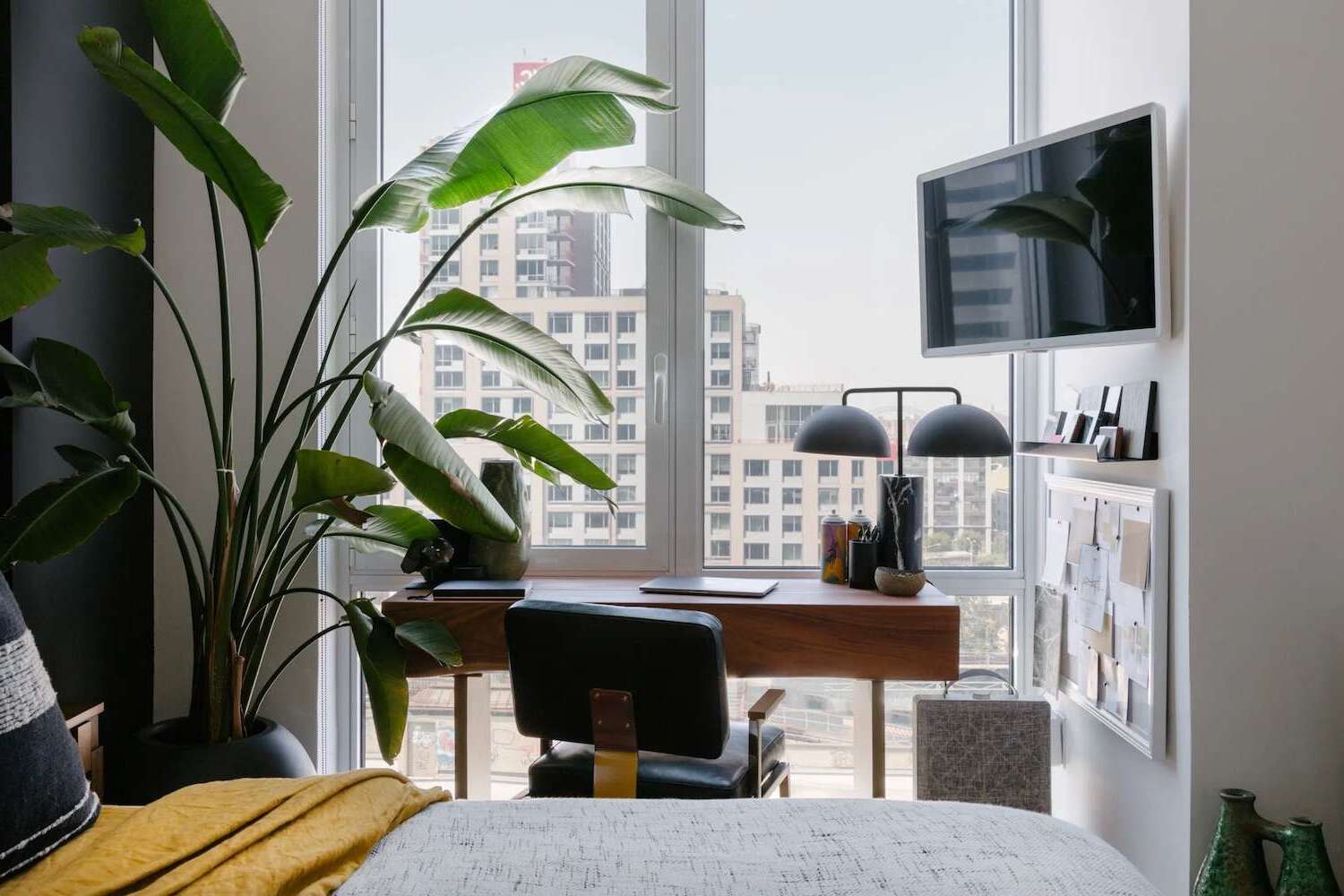
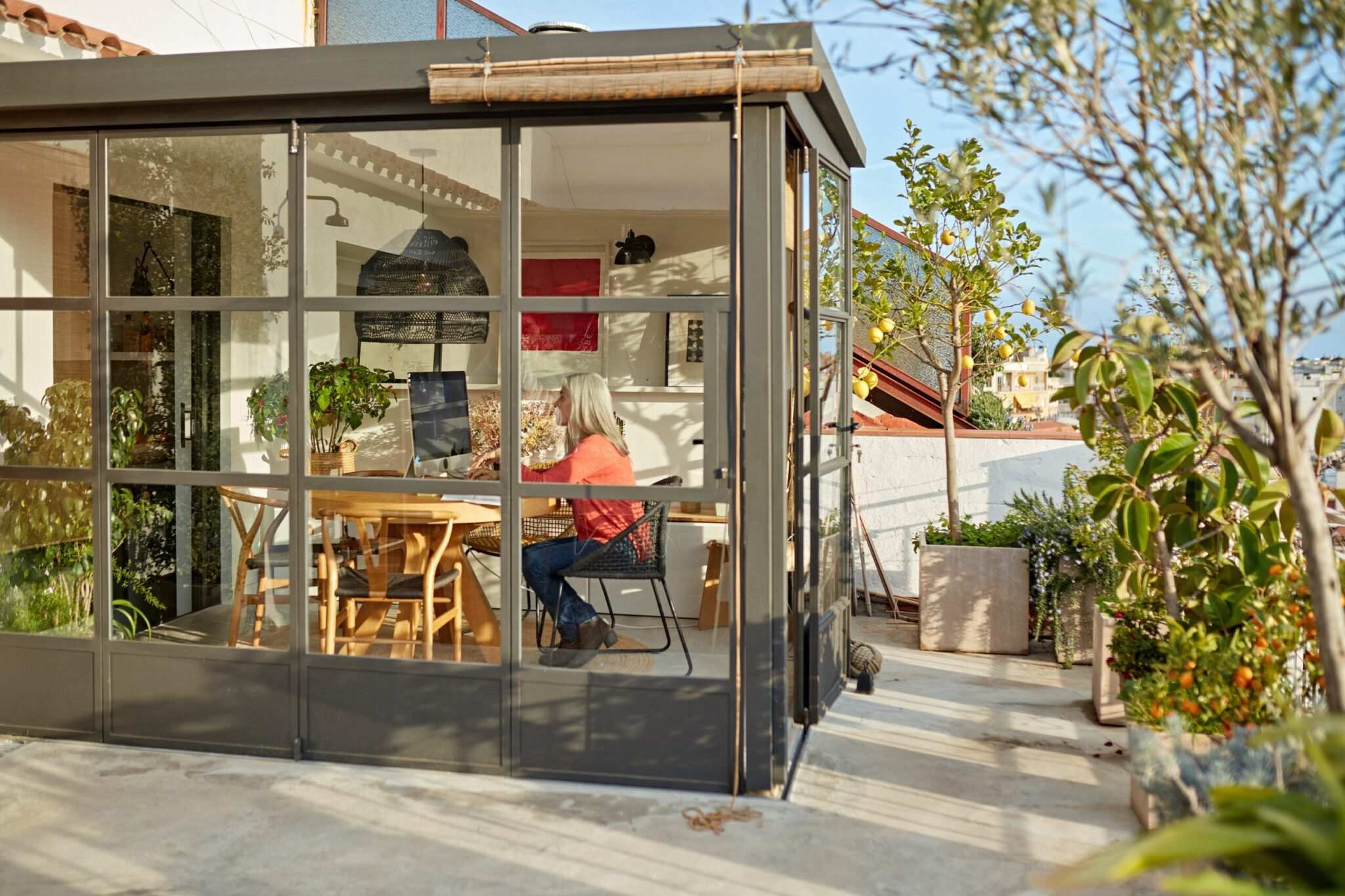
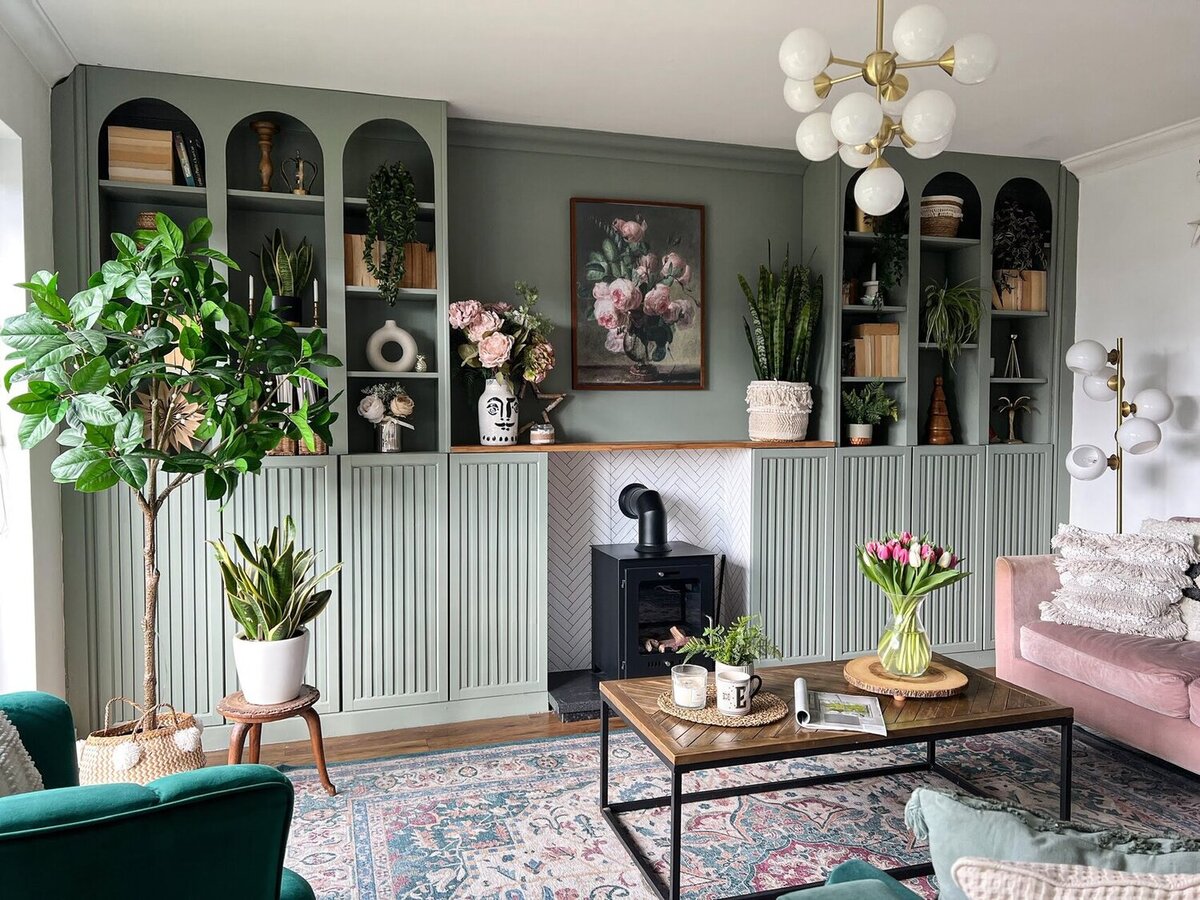
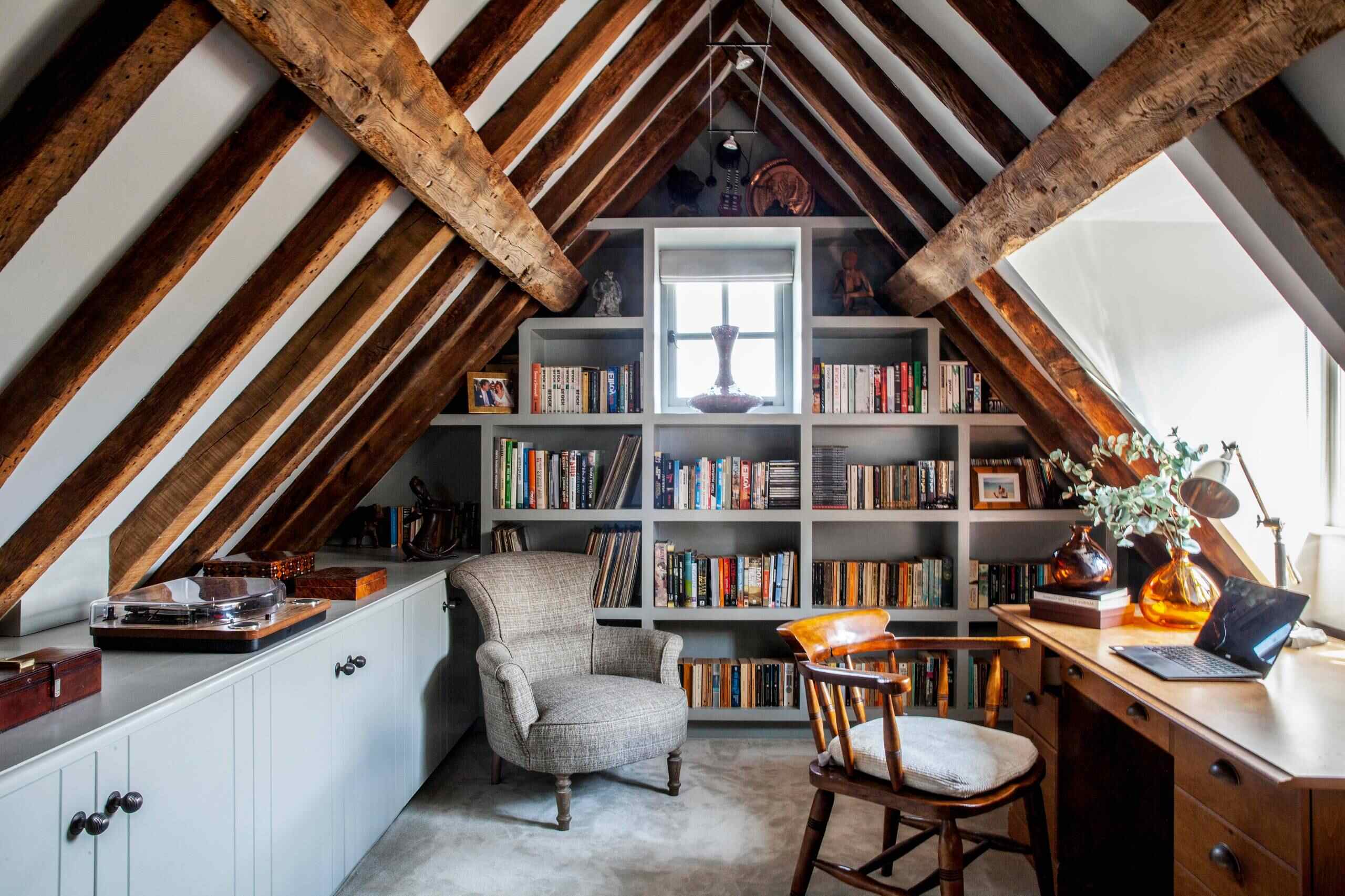
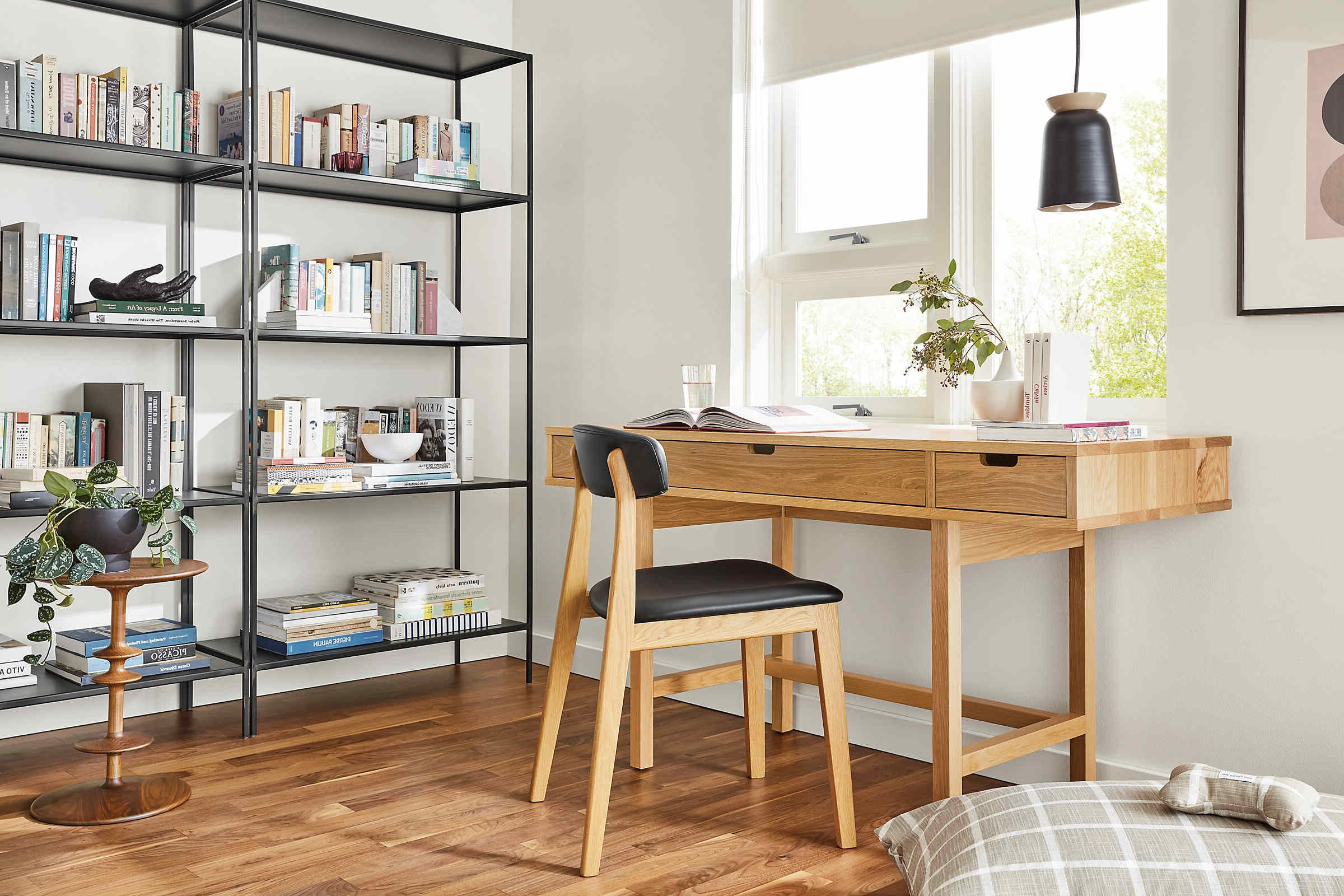
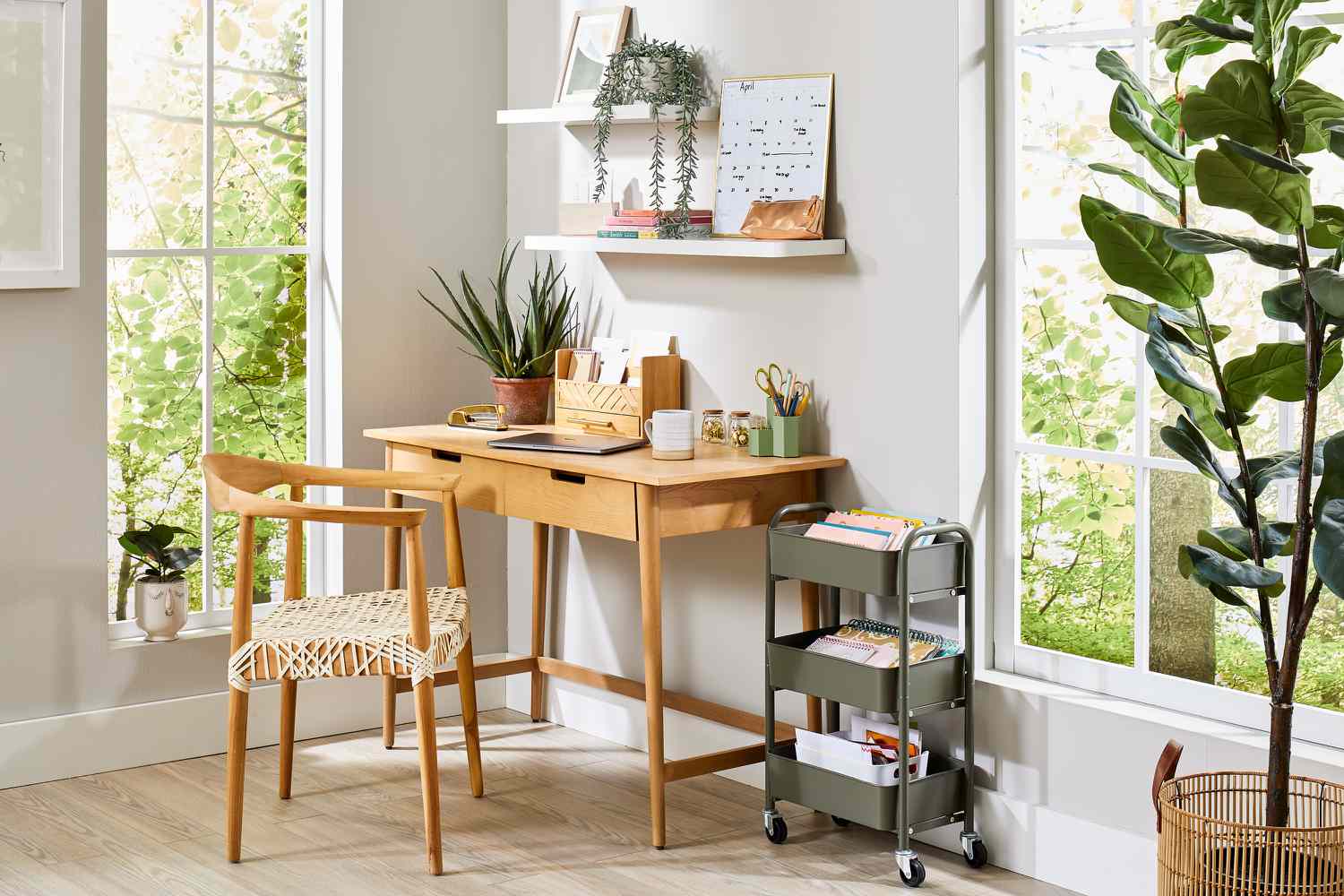
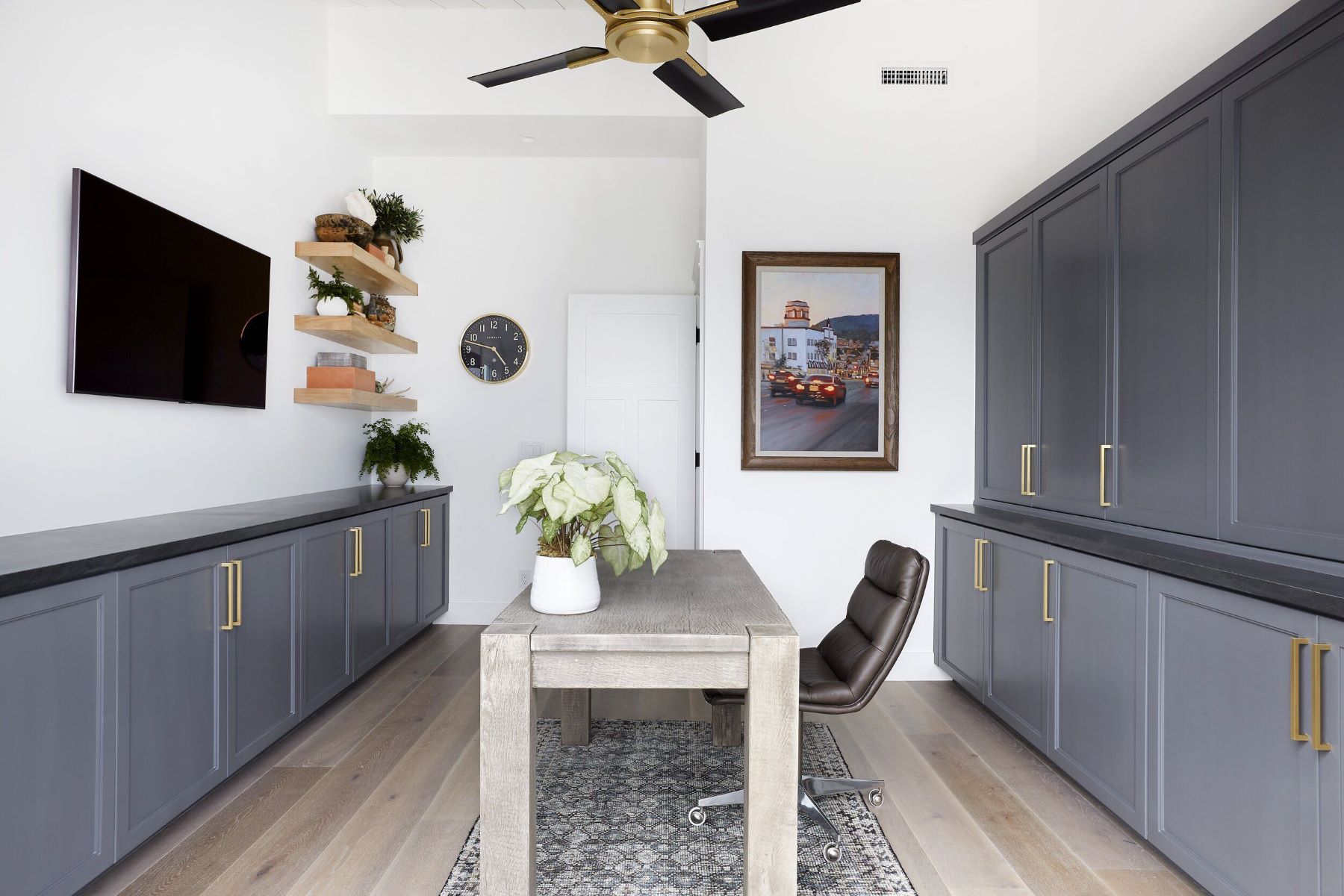
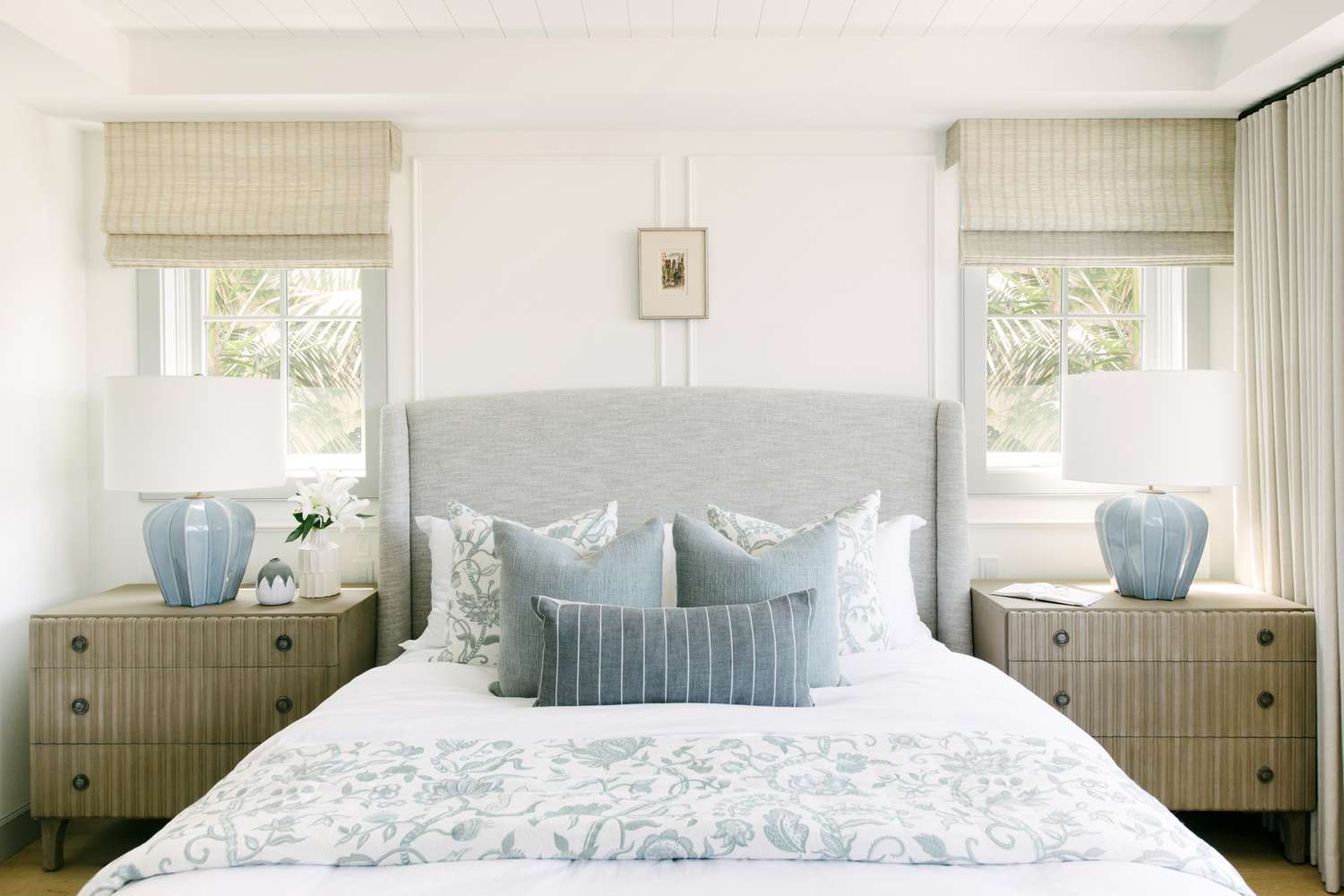
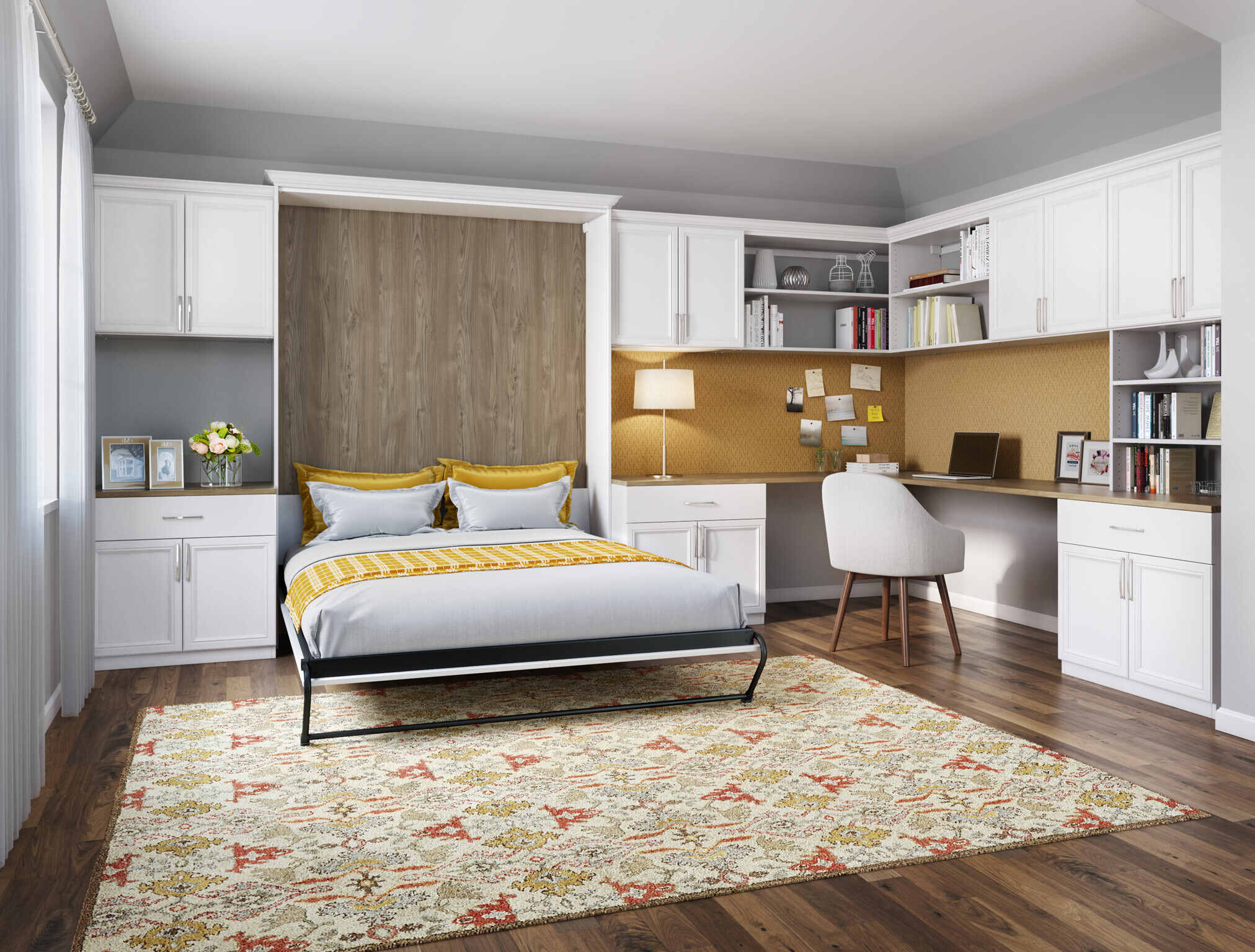
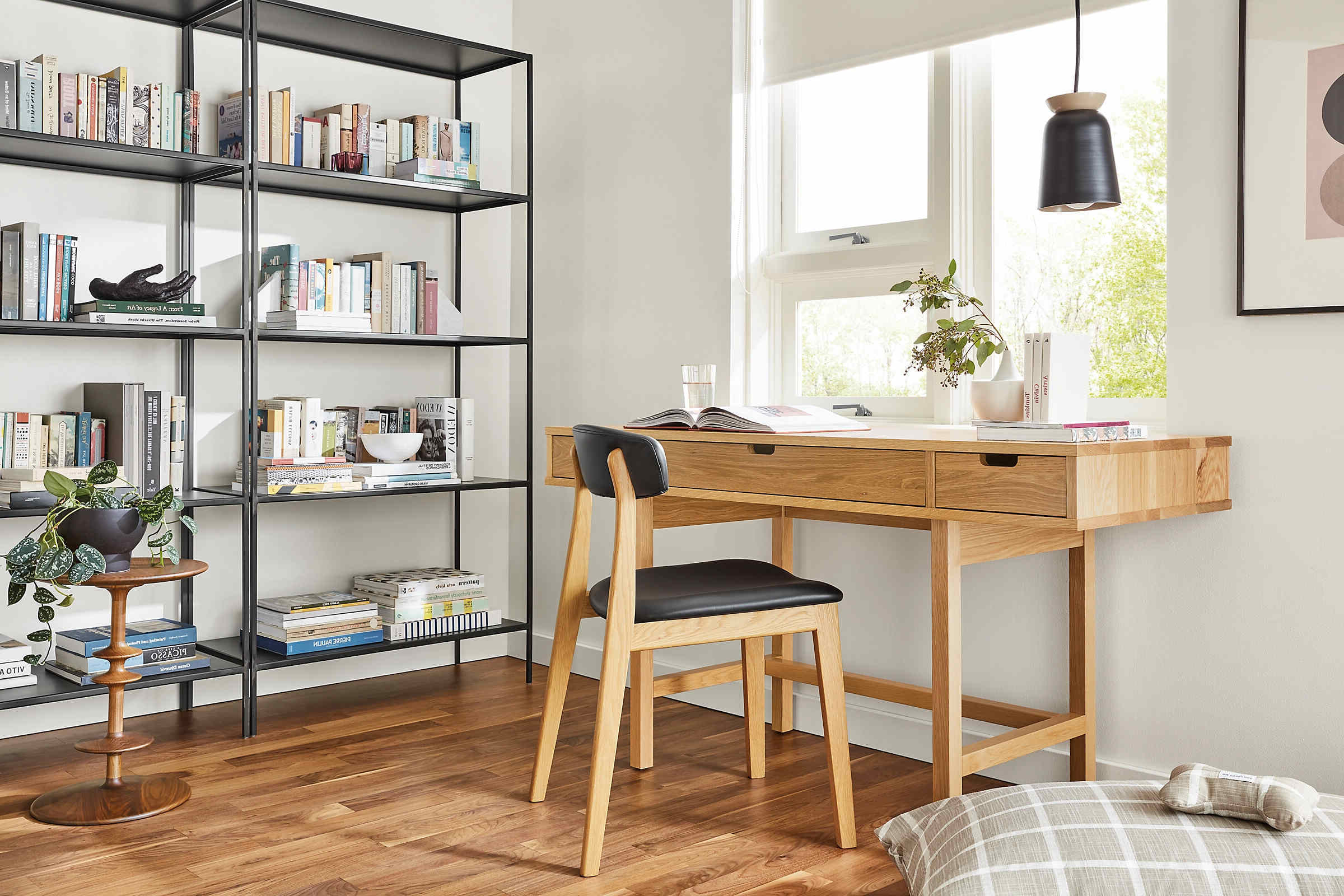
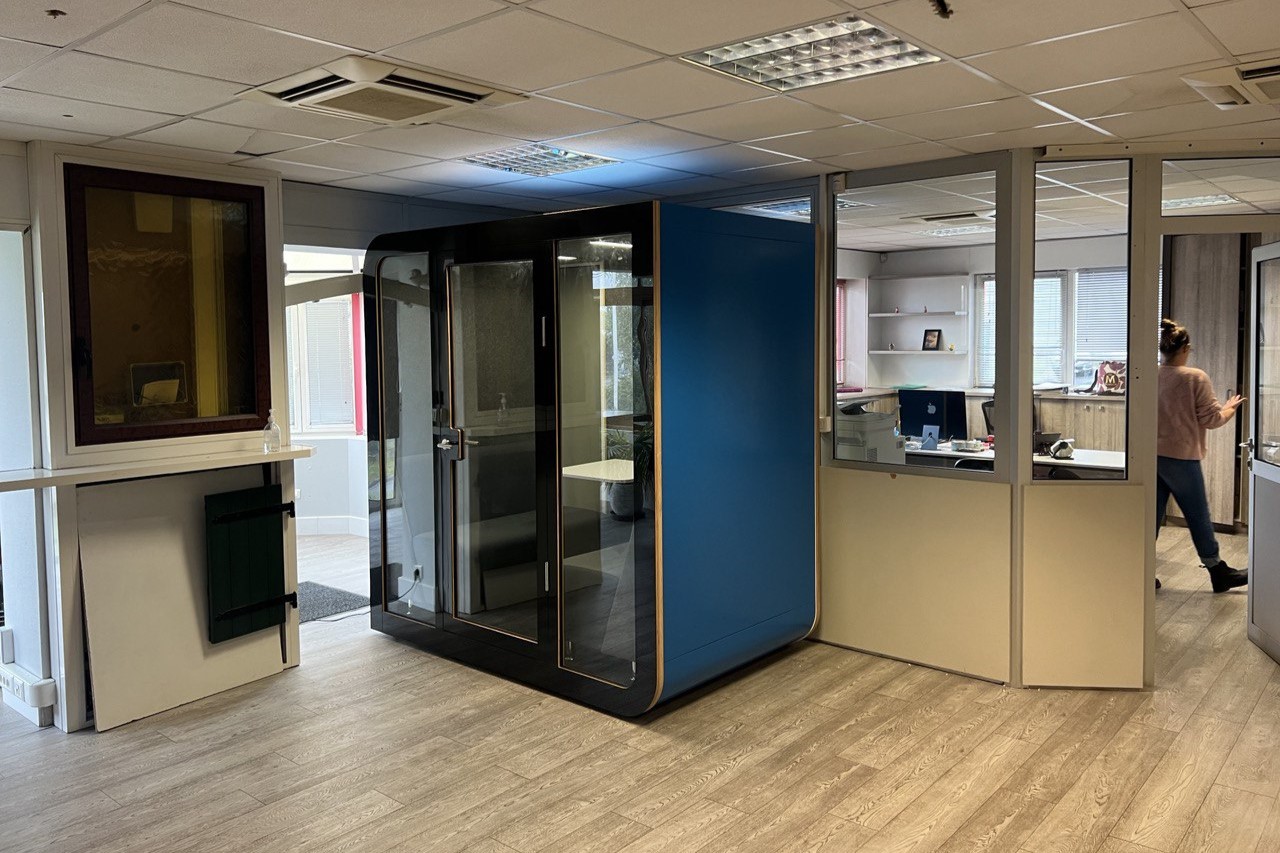
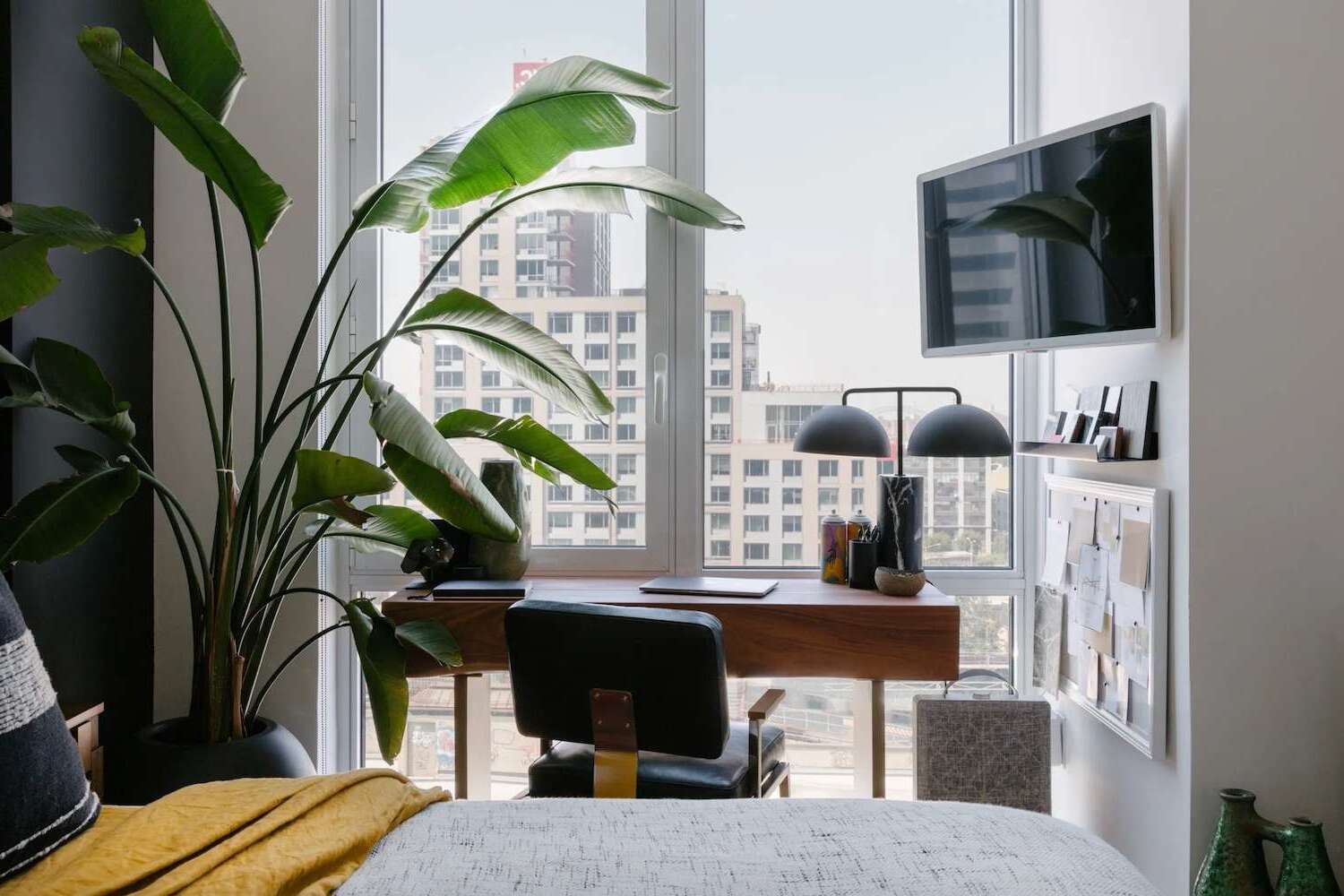
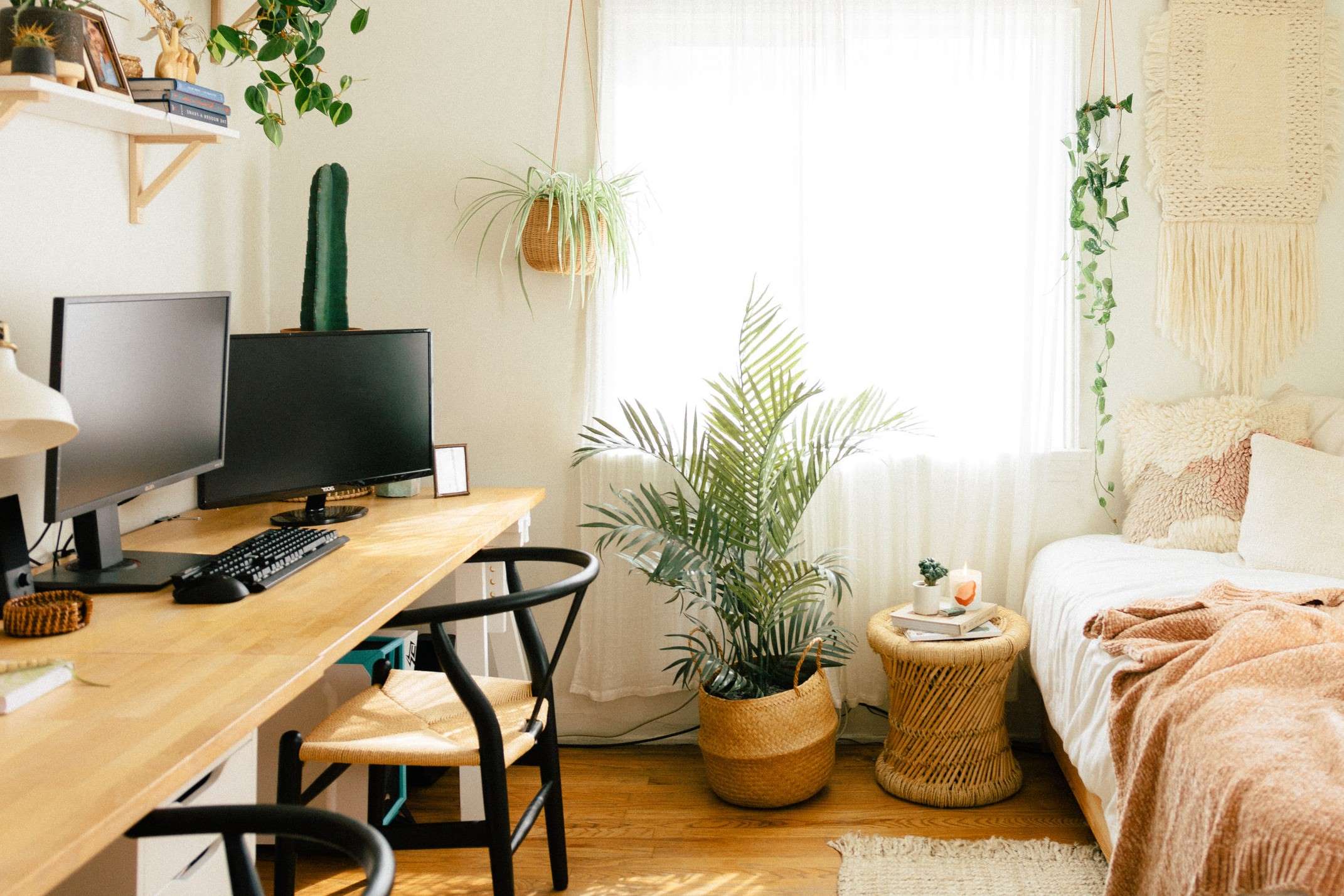

0 thoughts on “Closet Office Ideas: 10 Clever Ways To Create Home Working Space”